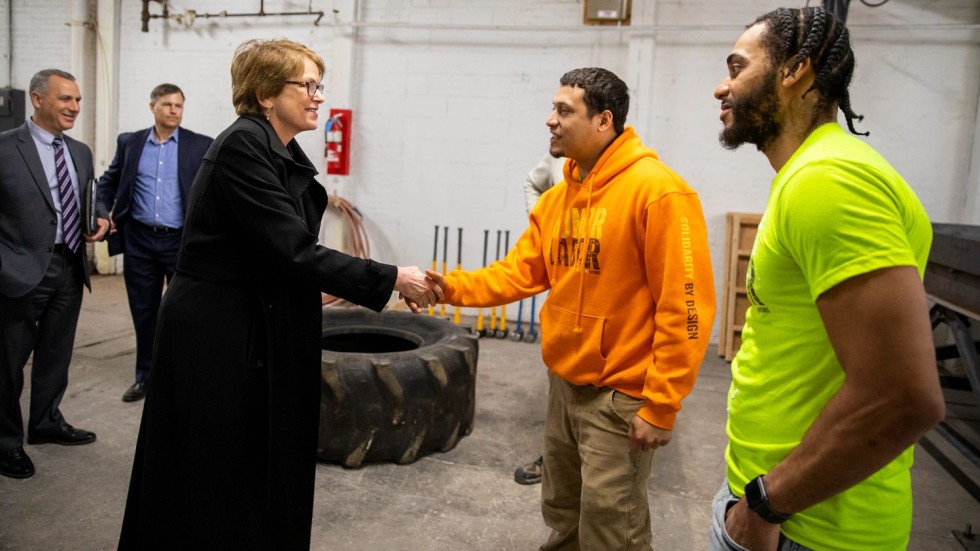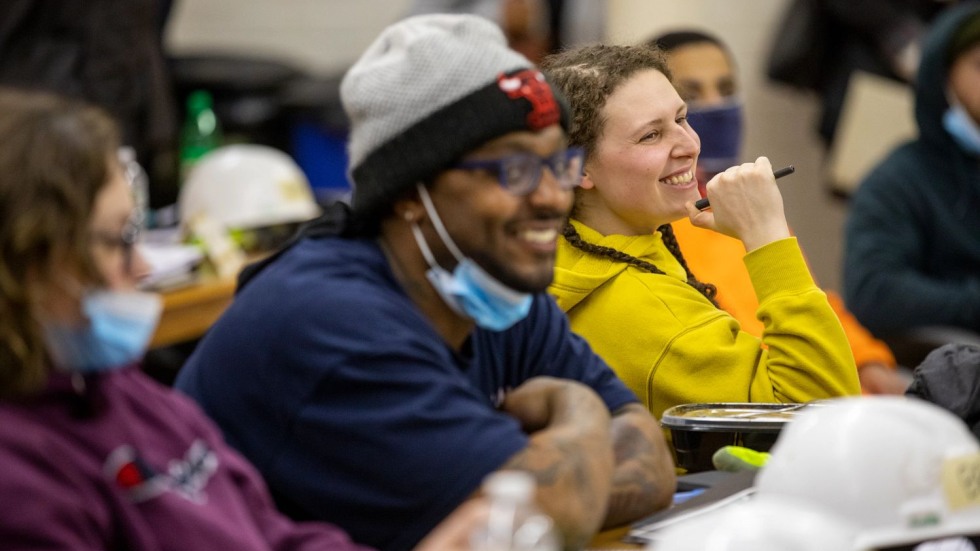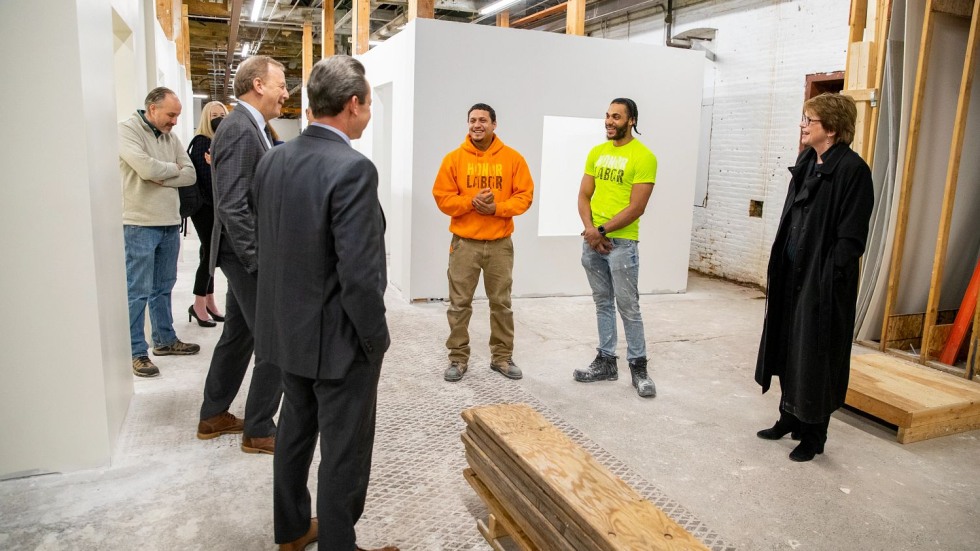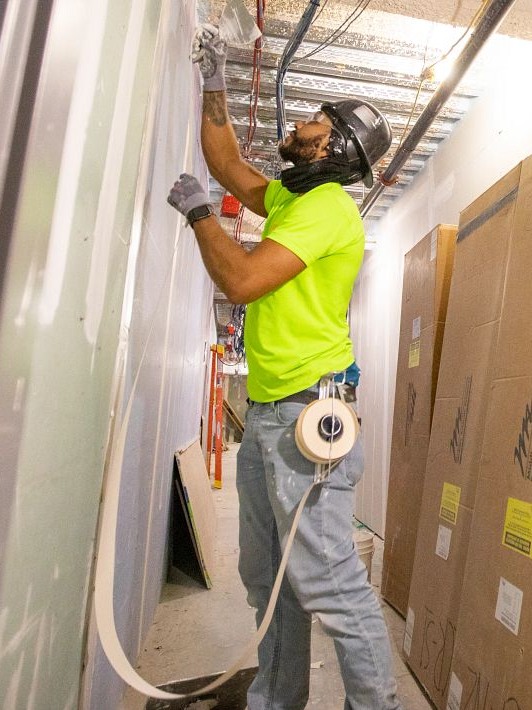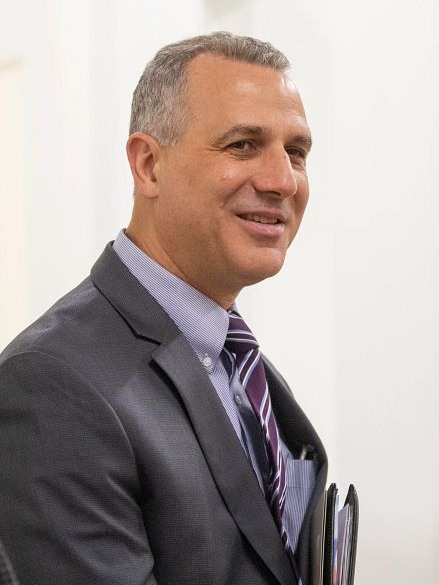PROVIDENCE, R.I. [Brown University] — Not long ago, Christian Domenech had a job, but he didn’t have a career: “I was a non-union carpenter working for a privately owned business,” the Providence resident said. “But what I really wanted was to join a union.”
Domenech was one of the 87% of American construction workers who didn’t belong to a union, according to federal data. Like many non-union workers, he didn’t have a steady stream of guaranteed work, nor did he have comprehensive benefits.
In 2020, when the COVID-19 pandemic halted construction projects across Rhode Island, some permanently, Domenech decided to make a change. He joined the construction pre-apprenticeship program at Building Futures, a Providence nonprofit that allows Rhode Islanders from all backgrounds to learn the fundamentals of a wide variety of construction trades without paying tuition or incurring debt. After five weeks of classroom and hands-on instruction, Domenech went to work as an apprentice carpenter for Sweeney Drywall. A year later, he completed his apprenticeship, joined the local carpenters’ union and began to enjoy competitive pay and benefits.
Domenech’s workplace since 2020? The site of Brown University’s future Performing Arts Center, slated to open in 2023.
While it’s no secret that new construction at Brown produces state-of-the-art facilities for students, faculty, staff and visitors, it also plays a role in jumpstarting construction careers for Rhode Islanders. Over the last 15 years, 128 apprentices hired by Building Futures have logged upwards of 175,000 hours on dozens of projects at Brown — and 108 of them have completed their apprenticeship programs and progressed into well-paying construction careers. Some have even continued to work on campus after mastering their respective trades.
